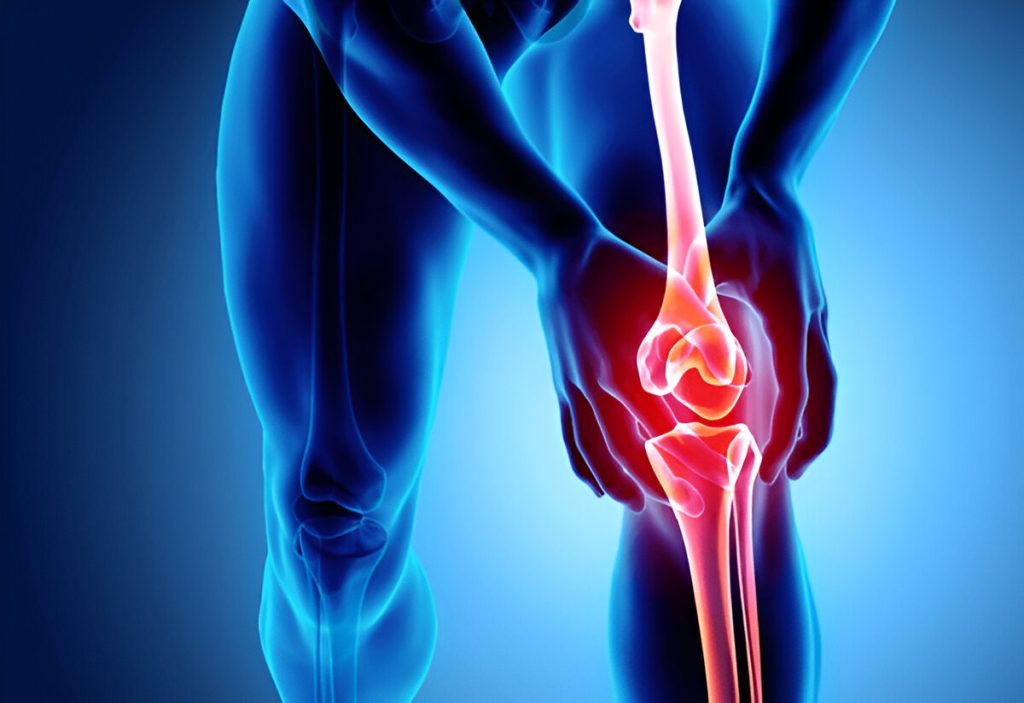What Are Multi-Ligament Knee Injuries?
A multi-ligament knee injury occurs when two or more of the major knee ligaments—ACL, PCL, MCL, LCL—are torn at the same time. These injuries are typically the result of high-force trauma and often involve complete knee dislocations, where the tibia and femur are forcefully displaced from their normal alignment.
Unlike isolated ligament tears, multi-ligament injuries are severe, unstable, and often require urgent surgical intervention. Without proper treatment, they can lead to chronic instability, joint degeneration, and long-term disability.
What Causes Multi-Ligament Knee Injuries or Dislocations?
These injuries are most commonly caused by high-energy trauma, including:
-
Motor vehicle accidents (dashboard impact, rollover crashes)
-
Sports injuries involving collisions or awkward landings
-
Falls from height or industrial accidents
-
Skiing, snowboarding, or contact sports at high speeds
In severe cases, knee dislocations can also damage surrounding nerves (e.g., peroneal nerve) and blood vessels (e.g., popliteal artery), making these injuries orthopedic emergencies.
What Is a Knee Dislocation?
A true knee dislocation involves complete loss of contact between the femur and tibia. It is distinct from a patella (kneecap) dislocation, which is far less serious.
Knee dislocations often result in damage to:
-
ACL and PCL
-
One or both collateral ligaments (MCL/LCL)
-
Meniscus or cartilage
-
Posterolateral or posteromedial structures
-
Blood vessels and nerves
Immediate assessment is required to reduce the dislocation and evaluate for vascular compromise or nerve injury—which, if missed, can have serious consequences.
Symptoms of a Multi-Ligament Injury or Dislocation
Common signs include:
-
Severe knee pain and swelling
-
A visible deformity or “crooked” knee appearance
-
Inability to bear weight or walk
-
Numbness, tingling, or foot drop (if nerve injury is present)
-
Diminished or absent pulse in the foot
-
Knee instability or sensation of the joint “slipping”
Even if the knee spontaneously “pops back” into place, it may still have major internal damage that needs urgent care.
Diagnosis at Kerlan Jobe Institute
Because of their complexity, multi-ligament injuries require a comprehensive, team-based diagnostic approach, including:
-
X-rays to assess alignment and fractures
-
MRI to evaluate ligament damage and soft tissue injuries
-
CT angiogram (in high-risk cases) to assess for arterial injury
-
Neurologic evaluation for any signs of peroneal nerve damage
-
Stress X-rays to quantify ligament laxity
Our knee trauma specialists at Kerlan Jobe Institute are highly experienced in managing these serious injuries and use advanced imaging and clinical expertise to guide surgical planning.
Treatment: Why Expertise Matters
Most multi-ligament knee injuries require surgical reconstruction—often in one or two staged procedures. Key surgical considerations include:
-
Restoring normal alignment and joint mechanics
-
Rebuilding torn ligaments using autografts or allografts
-
Repairing or replacing meniscal or cartilage damage
-
Addressing associated posterolateral corner or nerve injury
-
Monitoring vascular integrity before, during, and after surgery
Timing is critical. In some cases, initial surgery may focus on stabilizing the knee and protecting vital structures, with definitive reconstruction performed once swelling subsides.
Recovery Timeline
Recovery after multi-ligament reconstruction is more extensive than with isolated ligament repairs. Patients should expect:
-
Immobilization and bracing for 6–8 weeks
-
Crutches and limited weight-bearing during early healing
-
Gradual progression through physical therapy over 6–12+ months
-
Strength, stability, and gait retraining
-
Delayed return to high-impact activities or sports (usually 9–15 months or longer)
Some patients may require nerve stimulation, vascular follow-up, or assistive bracing long-term if complications are present.
Why Choose Kerlan Jobe Institute?
Treating a multi-ligament knee injury or dislocation requires a surgical team with:




At Kerlan Jobe Institute, our orthopedic trauma and sports medicine specialists are nationally recognized for their experience in managing some of the most challenging knee injuries seen in athletes and active individuals.
Moving Forward After a Complex Knee Injury
With proper care and long-term follow-up, many patients can regain a high level of function, including return to recreational sports, active careers, and everyday activities. We are committed to helping every patient recover—not just physically, but emotionally and mentally—from these life-altering injuries.

